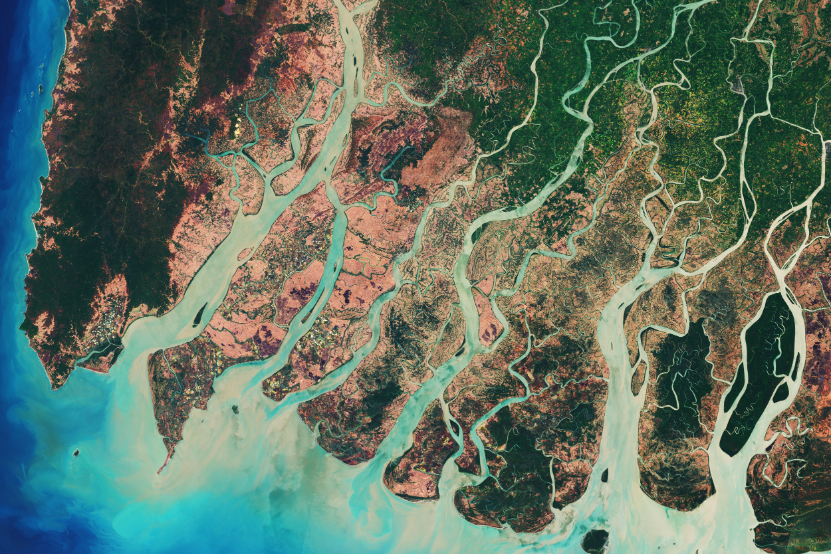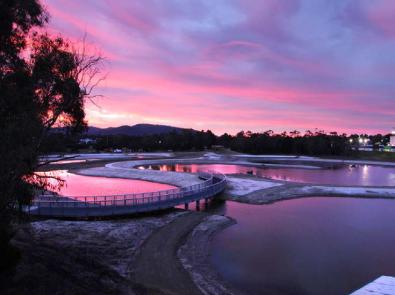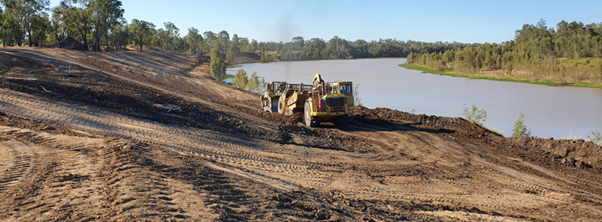Reservoir Sedimentation Survey and Estimation of Revised Design Flood for five dams

Bihar accounts for about 17% of the flood-prone area and 22% of the flood-prone population in India. In Bihar state, vulnerability to floods is due to i) very flat topography as it is in the foot hills just downstream of the Himalayas; ii) intense monsoon rains (more than an average 2,500 mm/year in the upstream areas and average of 1,200 mm/year across the whole State, 80% of which falls during the months of June- September); iii) high sediment loads; iv) high population density (1,102 per km2) and low-socio-economic development; and v) inadequate water infrastructure to regulate flows (e.g., storage upstream or designated detention areas).
The Department of Water Resources of Bihar State has decided to execute this project entitled “Conducting Reservoir Sedimentation Survey and Estimation of Revised Design Flood for Five Dams (Durgawati, Badua, Upper Kiul, Kohira and Phulwaria)”. The State Dam Safety Organisation (SDSO) is Nodal agency, and the project is funded by World Bank Grant through National Hydrology Project (NHP), Ministry of Jal Shakti
Alluvium is responsible (i) To carry out bathymetric survey of the reservoirs to establish the revised Area-Elevation Capacity curves for the reservoirs and to estimate the rate of siltation (ii) To compare the rates of sedimentation with standards/ normal expected values, and to suggest remedial measures for reduction in sedimentation and possible desiltation of the reservoirs, along with tentative location and methodology for the disposal of the spoils (iii)To collect bed material samples (grab samples) and carry out analysis of the samples at a grid interval of 500 m × 500 m (iv) To estimate the revised design floods for the dams, for the magnitude stipulated by the current Indian standards (v) To prepare optimised reservoir rule curve for the Durgawati Dam.


